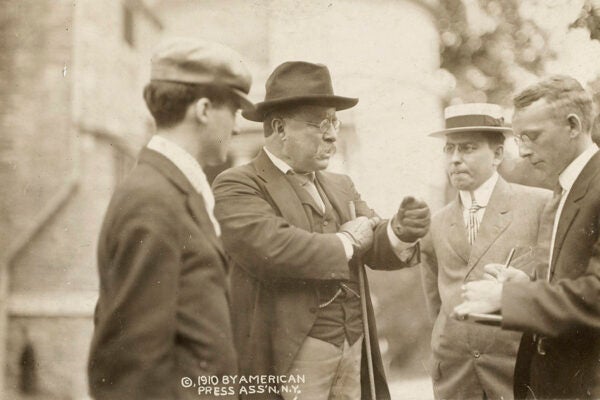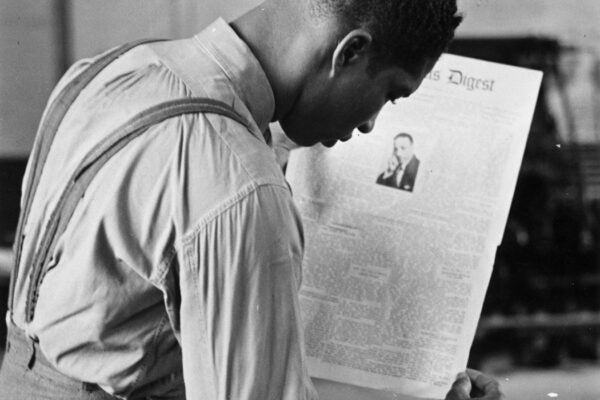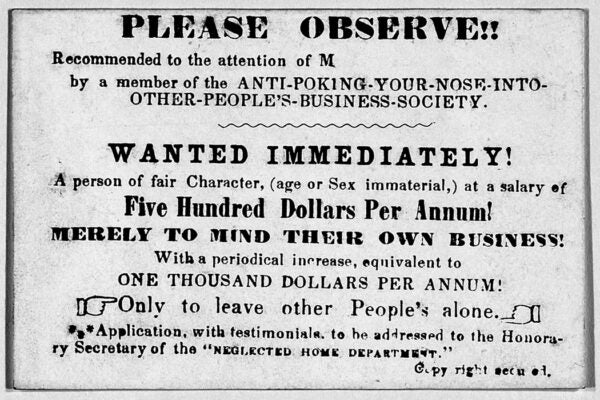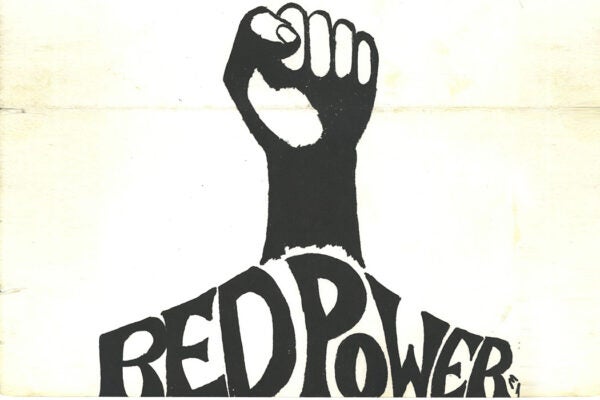The President and the Press Corps
Theodore Roosevelt was the first White House occupant to seek control over how newspapers covered him.
The Enduring Value of Student Newspapers
More than curiosities, college papers are unique pedagogical tools that help undergraduates achieve media literacy.
Leigh Hunt, the Unstoppable Critic
Convicted and imprisoned for libeling the Prince Regent, Hunt capitalized on his incarceration by turning his prison cell into a newsroom and grand salon.
Printing Anarchy
The stock figure of the “anarchist” is a bomb-thrower or assassin, but political scientist Kathy E. Ferguson argues it should be a printer.
The Rise of Anti-Societies
In the early 1800s, Americans formed all sorts of anti-vice societies, triggering jokes and serious resistance to reform through a wave of anti-societies.
Owner of a Lonely Heart
Personal ads changed dating, but they also provided source material for sociologists and psychologists to understand how people choose mates.
A Cancelation in 1934
A writer for the Baltimore Sun compared Hitler to the sixteenth-century Catholic Saint Ignatius. Archbishop Curley had something to say about that.
The Importance of Newspapers for the Red Power Movement
In the 1960s and 1970s, activists and organizers used Indian Country newspapers to cultivate a pan-Indigenous identity through a poetics of resistance.
The Feud Between Immigrant Newspapers in Arkansas
A feud between two nineteenth-century German-language newspapers showed that immigrant communities embraced a diversity of interests and beliefs.
The Meaning of Time in The Hour Glass
Writings from a women's prison in the 1930s grapple with philosophical questions on time and life. “The mere lapse of years is not life.”









